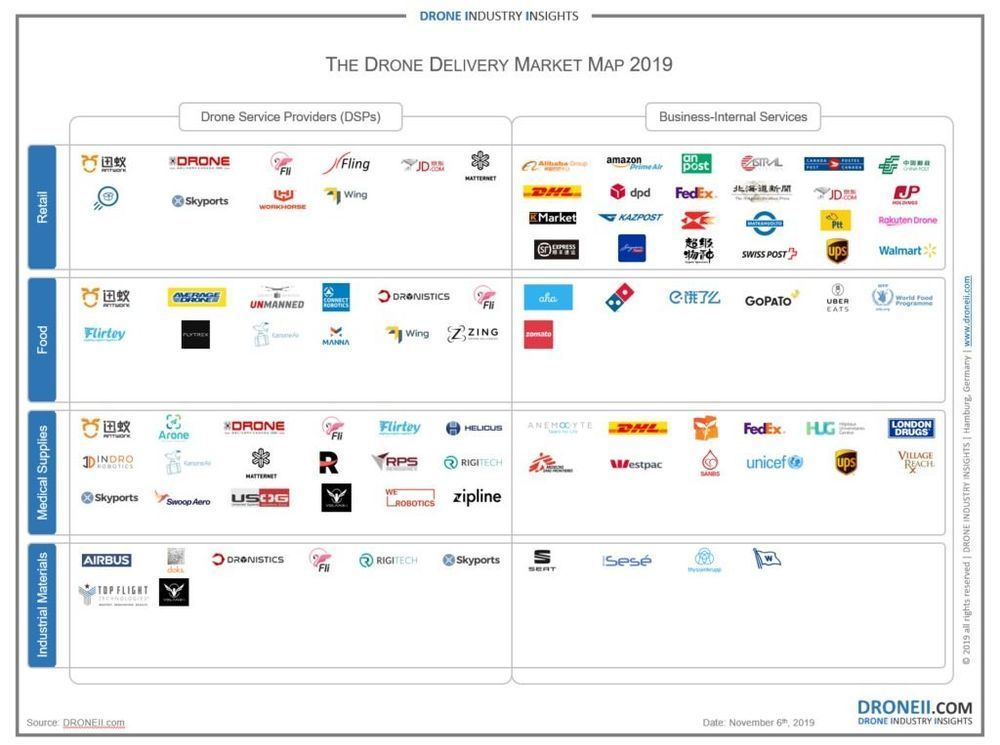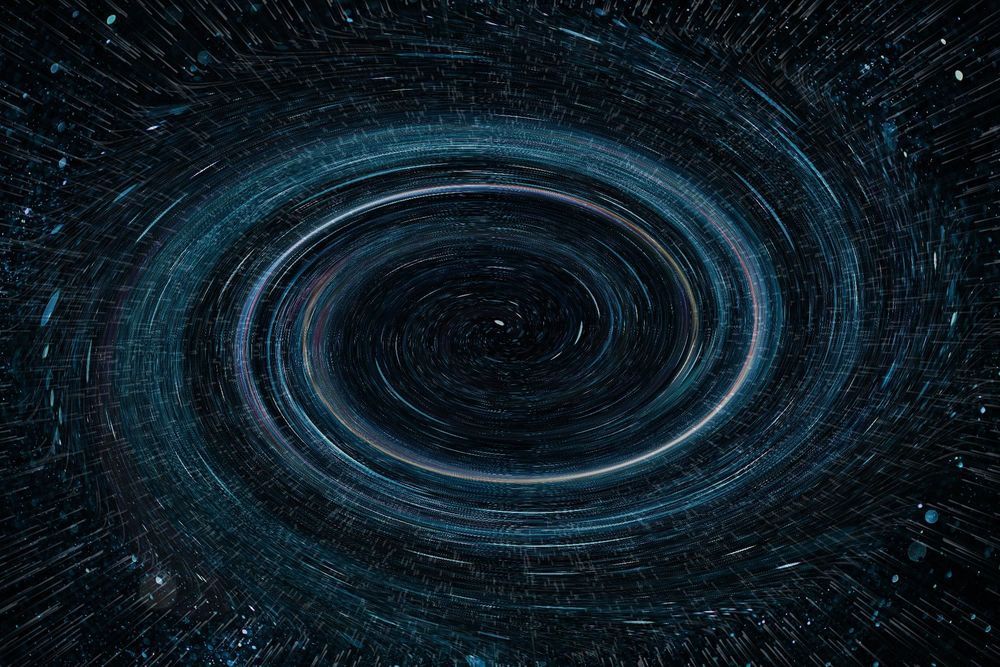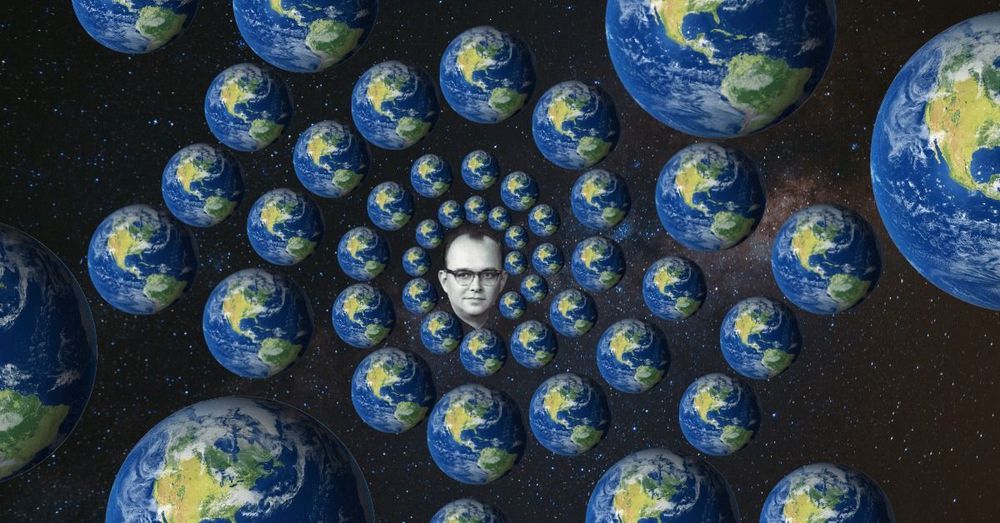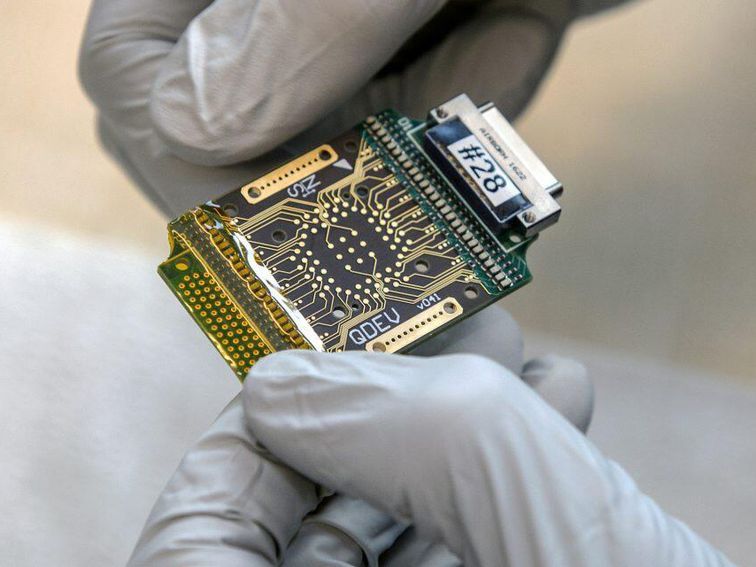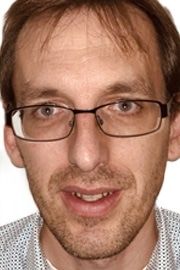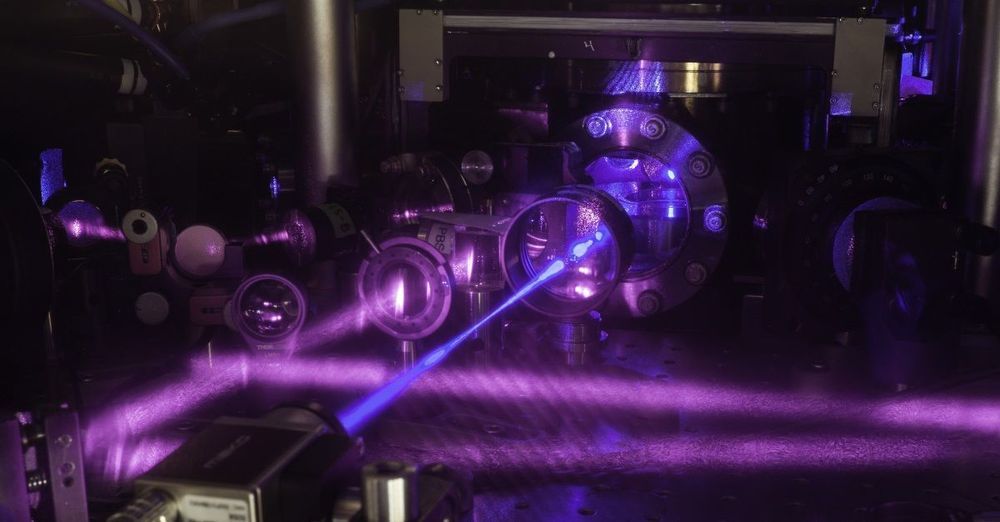As part of DRONELIFE’s participation in the FAA’s Drone Safety Awareness Week, DRONELIFE will feature stories according to the themes outlined. Today, we focus on drone delivery.
Guest![]() Post: This article published with permission from our friends at DroneII, Drone Industry Insights. Article authored by Millie Radovic.
Post: This article published with permission from our friends at DroneII, Drone Industry Insights. Article authored by Millie Radovic.
As high-profile drone delivery companies like Wing, UPS Flight Forward, and Zipline have made headline after headline this year, the hype around drone deliveries has become bigger than ever. But is it really all hype, or are we on the brink of major change in the way that goods are transported? Over the past two months DRONEII has conducted thorough research into the drone delivery market to bring you the latest market updates and answer all your burning questions. Here’s just a small snippet of the content that we’ve compiled into our latest Drone Delivery Report.
